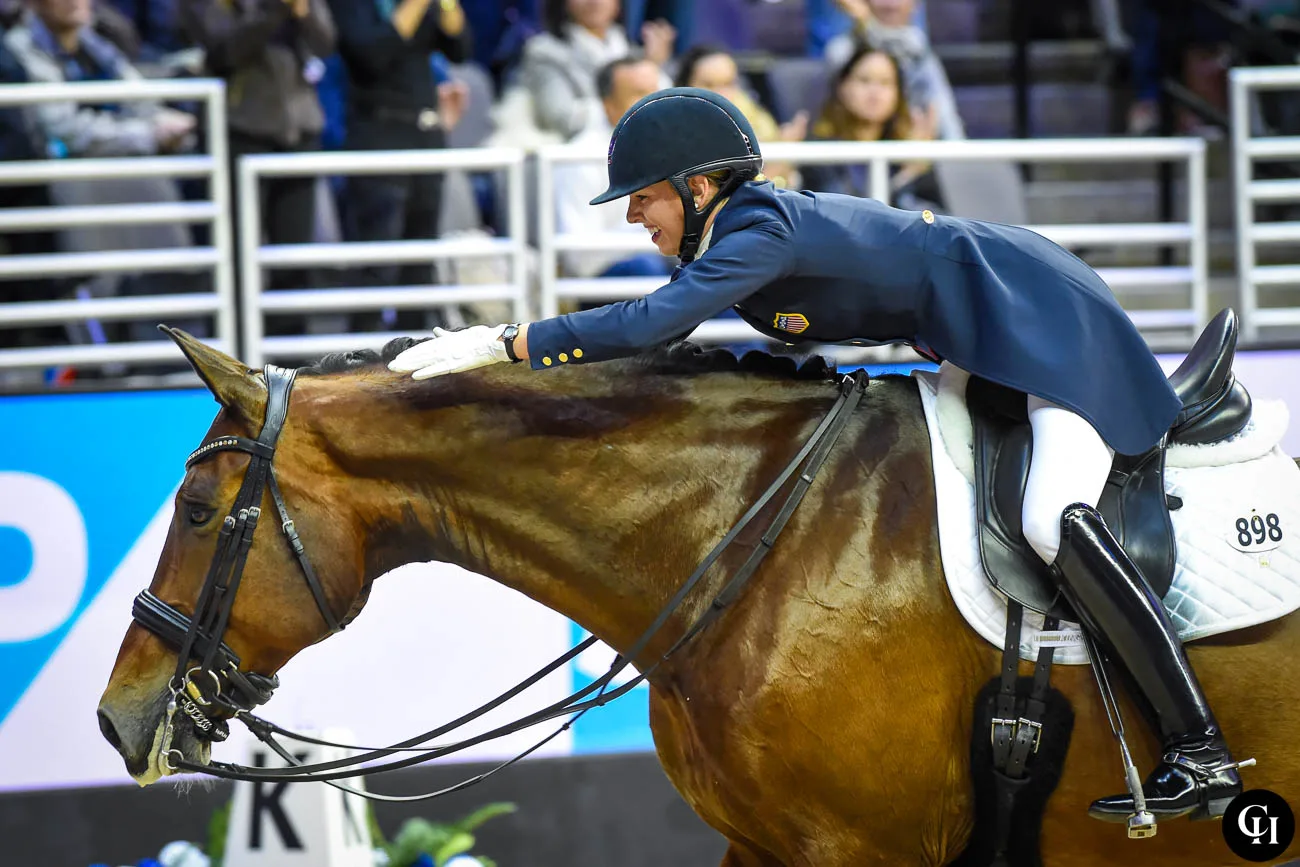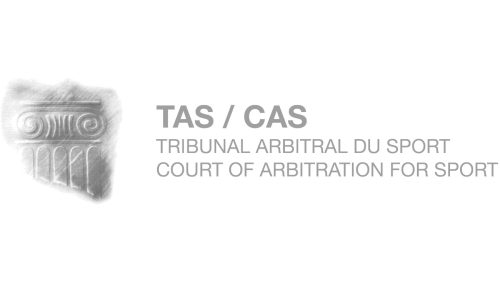Out there on the interwebs this month were three Facebook posts that caught my eye. One was on a sales group for dressage horses, where someone called trainers to task: “What is it with trainers these days? Particularly in the USA,” she wrote. “How come no one is willing to put in the effort to help develop a good horse, and instead they just expect their clients to have the budgets to go and buy the finished product? I know there are a handful of good trainers that don’t get the recognition they deserve but it seems the majority aren’t willing to put the work in. Thoughts?” The replies were thoughtful, bringing a range of experiences to the table.
The second was from a Dressage-News.com article that quoted former team coach and Olympian Debbie McDonald saying, “I think we need more people able to bring along young horses with people who are willing to support them to do that.”
And the third was a Facebook post by six-time Olympian and former team coach Robert Dover, lamenting a lack of ownership support for international horses grown here in the U.S.
“There were and still are no shortage of talented and deserving riders of all ages, from juniors to those who formerly had been at the very top of the world ranking list,” he wrote. “For sure, locating top horses of all ages and stages of training is extremely challenging, especially when the prices of said horses can be staggering. However, what truly saddens me is the lack of people out there who could easily help out gifted and wonderful riders but simply aren’t interested.”
I, too, am frustrated. If an individual is willing to drop $3 million—a price point I have no confirmed source for but doesn’t feel unrealistic—to buy a finished horse for someone, then that is awesome, and good on them. But I myself don’t have $3 million. Which is why it’s good that I am willing to take the time, to put in the work, to put in the years, to make my own, even with all of the mistakes and failures that can (and absolutely do!) happen along the way.
Even if I did have millions, results show that finished horses who move to new riders can almost never be top-15 contenders, let alone podium contenders. Our country’s most successful horses at the past two Olympic Games were Verdades, who was trained by his rider from a foal, and Sanceo, who was trained by his rider from age 3.
But I’m not naive. Not all horses are Verdades and Sanceo. And getting benefactors to believe in that dream, and to financially support that dream, for the seven to 10 long, occasionally boring, years it takes to develop a horse from a foal, or age 3, to even beginning their Grand Prix careers is an uphill climb.

So how do we do this better? And why should the average amateur rider care?
ADVERTISEMENT
Let’s begin with the first part: How do we grow better horse-and-rider combinations here, and get them financial support along the way? It’s a multi-part problem, for sure. Horses—independent of their pedigree, their geography, and their athletic potential—are just straight up expensive. Hay, grain, vet bills, you get it. In the dressage world, in talking about high performance horses, or horses that have team potential, we are overwhelmingly talking about warmblood and warmblood-type horses. There aren’t that many of those, so supply and demand makes them expensive from the time they hit the ground.
Once you’ve got the horse in your barn, you then have to train it. And feed it. And keep it from limping. And there’s no amount of time, money, skill, or expertise that can stop the average young horse from being a moron and trying to kill itself. There is no amount of prestige in a pedigree that promises that Dobbin is going to piaffe. The horses that can a) stay alive and sound long enough, b) learn how to do the Grand Prix work at all, and c) do so at a high enough quality to be an international-level competitor? They’re in very, very rarified air.
So yes. Even if someone spent their $3 million to buy 30 horses at $100,000 each instead, there is not one lick of a guarantee that any will become a CDI Grand Prix horse, let alone an individual medal contender. And if it costs X to care for an international-caliber Grand Prix horse a year, imagine the cost of 30X. I understand why someone would choose to go for the proven over the no-guarantees homegrown.
The people who put that money out—people who own horses for other people—have their individual reasons, but it generally comes down to three things: One, the owner could really believe in the horse. Maybe it’s a homebred, or maybe it’s a stallion they stand, and so it’s in their best business interests for the horse to be sent out in sport. Two, the owner could be stuck with the horse. It’s a little funny to put it that way, but I know of more than one international-level Grand Prix horse that got there because they were quite simply too big of a prat to be sellable at any point along the way.
But those are the minority. The majority is in the third reason: People who own horses for a rider to compete because they believe in that rider. Sometimes they believe because the rider has a proven track record of success. Sometimes they believe because they just freaking like the rider. And if the rider is smart, they figure out how to be both: be both competent and a fun person to go on a journey with.
There’s all sorts in this world, but a whole lot of us got into riding horses because we’re not that great with people. Even for those of us that are outgoing enough to draw people to them by personality alone, asking for help—especially financial help—totally blows. I’ve met riders that someone just walked up to and basically hit over the head with an opportunity, but most of us get the help we get because we’ve pulled on our Big Girl Pants and asked. But it is HARD, and it is SCARY.
There’s no matchmaking service out there for riders and sponsors. It’s on us. It’s also on us to make the journey fun, even when it’s not fun. And I think this is the crux of it, because it will not always be fun. As we have already discussed, horses have a knack for seizing upon the inopportune. They limp and colic and decide to be wonderful amateur-friendly schoolmasters instead of cutthroat international contenders. So in addition to being trainers of horses, we have to be tour guides as well, introducing our owners (who may not be as horse savvy as we are, who may not appreciate how wildly not-linear the ride is) to the thrilling ups and the inevitably gut-wrenching downs.
So we need to attract people who “get it,” who understand that it takes time, and who are totally comfortable with the idea of lighting money on fire without any guarantee of either getting it back OR getting the experience they signed up for. That’s a tall order. But I’ve interviewed people who sponsor riders about why they do it, and while, yes, it’s overwhelmingly about the sponsor believing in the rider, they also really like the high-level shows. The 3- and 4- and 5-year-old years are just unsexy. The long slog of making a CDI Grand Prix horse is unsexy. It’s hard to sell.
When Robert in his post called upon USEF members to put in small amounts of money adding up to a big sum, and how powerful that big sum can be, my first thought was: “But it could be years before the journey was even remotely interesting. And so, so few people get it. Why would they want to be a part of those boring years?”
ADVERTISEMENT
That’s the challenge. But it’s also the opportunity.
Why should an amateur person, scraping their way to keeping their horse in a boarding stable and getting to a handful of shows a year, MAYBE, give a damn about who we send to the Olympics? Because the journey of that horse from foal in a breeder’s field to the FEI centerlines is so vastly more accessible to them than the wildly expensive glitz and glamor of the finished product.
There’s a wonderful book by Daniel Coyle called “The Talent Code.” You need to read it, for sure, because it’s great, but the Reader’s Digest version is that he sees three commonalities in everyone who is excellent at everything: a phenomenal coach, the ability to do something called Deep Practice, and then something he calls The Spark. Why are there so many brilliant Kenyan marathoners, or brilliant Dominican baseball players? Because they are surrounded by inspiration from their countrymen. It’s easy for them to see people who look like them, and who come from where they came from, succeed, because it’s all around them.
We need a paradigm shift in sport, from celebrating the top to celebrating the bottom. A groundswell of support for those in the trenches, developing the 5-and-younger horses. A bright spotlight on those long slow years of installing changes and half-halts. All of the highs that make all of us who train horses—whether professionally or avocationally—feel the lows are worthwhile are the same highs and lows at Grand Prix as they are at second level. People can connect to that. People can be inspired by that.
If we can cultivate grassroots support for U.S.-made horses—through syndication, through partnerships, through crowdfunding, through single owners, through getting people on board at whatever level they can get on board—it’ll inspire both the next round of owners who didn’t know that they could be a part of something big, as well as the next generation of proper damn horse trainers, the kids out there looking at how much Jane the Jockey and Ralph the Rider spent on the finished horses making teams and despairing because accessing that level of wealth is completely out of the realm of comprehension.
People are allowed to do whatever they want with their money. Rock on. You do you. But maybe, just maybe, we could collectively find it in our hearts to paradigm shift. Maybe, just maybe, if we touted those making the horses, instead of just those riding the horses; and where we fearlessly share both the ups and the downs to represent the journey realistically, we’d have more people interested in helping with that journey, and create the groundswell of support for the homegrown that Debbie and Robert—two of the more highly decorated equestrians in this country’s history, and those who were at the helm during USA Dressage’s most successful years—say we need.
Lauren Sprieser is a USDF gold, silver and bronze medalist with distinction making horses and riders to FEI from her farm in Marshall, Virginia. She’s currently developing The Elvis Syndicate’s C. Cadeau, Clearwater Farm Partners’ Tjornelys Solution, as well as her own string of young horses, with hopes of one day representing the United States in team competition. Follow her on Facebook and Instagram, and read her book on horse syndication, “Strength In Numbers.”














